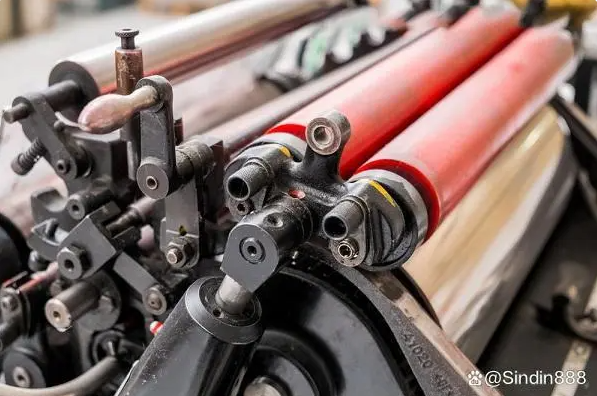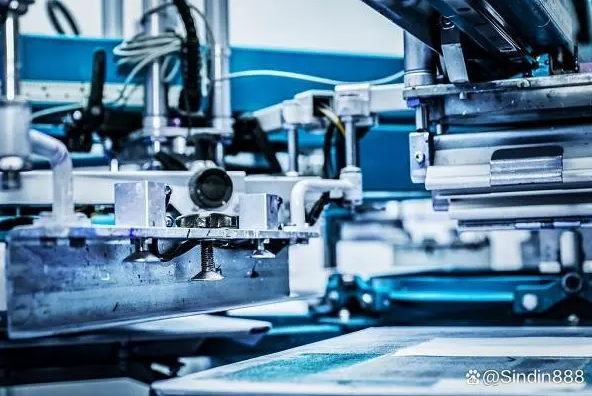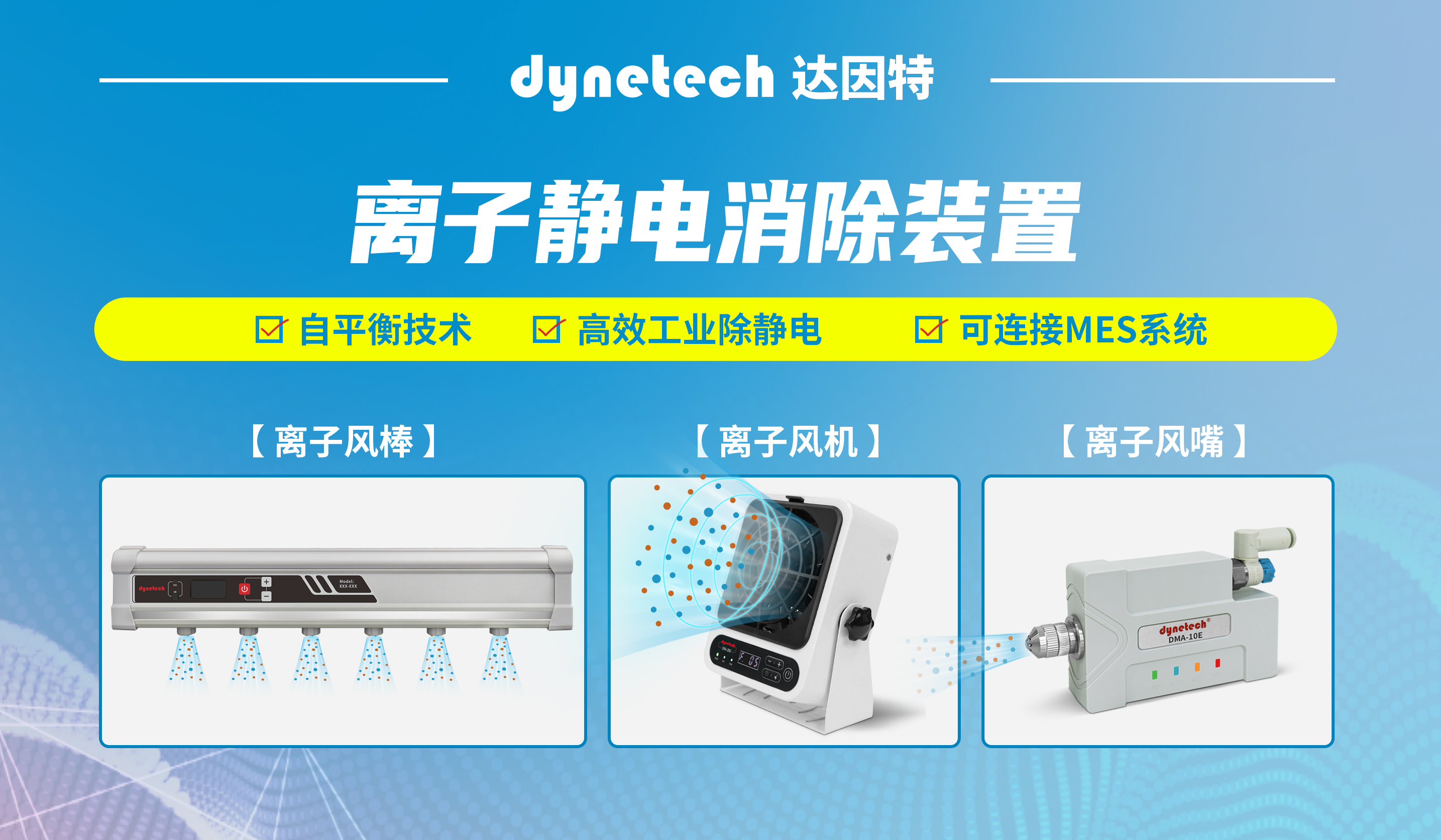Electrostatic hazards and Solutions in Printing Industry
As we all know, static electricity is mainly reflected in the surface of the object, and printing is carried out on the surface of the object.
In the printing process, due to repeated collisions and frictions between different substances, all printed objects will have static electricity.
The editor will analyze and solve the electrostatic problems that make the printing industry a headache from the following three parts.
First, the three major effects of static electricity
1. Process influence.
Objects will be squeezed, friction, contact, peeling, machine speed and other factors, resulting in the increase of surface temperature, easy to produce molecular thermal decomposition, resulting in the redistribution of electrons, leading to the generation of static electricity.
2. Influence of equipment raw materials.
Most of the printing presses are metal objects, and the outermost electrons of the metal body are easy to break away from the attraction of the nucleus and become free electrons, so the metal object has the ability to transmit electric charge quickly.
In printing, the friction of paper, lining, wire tape, etc., leads to the surface condition of the object has a great impact on static electricity.

3. Environmental impact.
When the air temperature of the printing place rises, the thermal decomposition and hot spot effect of molecules will be more intense, thus the accumulation of electrostatic charge will be greatly increased.
Temperature and humidity are interrelated. When the temperature increases, the air becomes dry, the relative humidity of the space decreases, and the effect of humidity on static electricity is much greater than the temperature.
Second, the harm caused by static electricity
1. Harm to printing quality.
Due to the influence of static electricity, a lot of dust and impurities will be absorbed on the paper, and the paper on the receiving table will attract and stick together with each other, resulting in a double fault, resulting in incorrect overprinting, ghosting, picture and text blooming and other phenomena, as well as an impact on the folding work of the next process.
In printing, high-speed contact separation and friction will cause ink to produce static electricity, forming relatively fixed light-colored ink spots.
This not only affects the quality of printing, but also reduces the service life of the printing press.

2. Harm to the human body.
Printers often come into contact with charged paper and paper stacks when operating in the workshop.
When the fingers in the operation touch the printing press shell or metal parts, the static electricity of the human body will discharge from the fingers to the printing press shell, so that the static electricity will leak into the earth, and the human body will receive an electric shock.
Although the electric shock of printing static electricity to people is only an instantaneous impact shock, and the discharge current is only at the micro-ampere level, it is worth noting that the acupuncture and electric sensation caused by sudden electric shock will make people nervous, so as to affect the operation of printing workers, and in serious cases, it may cause product or personal accidents.
3. Cause fire and explosion.
In the work of high-speed printing press, a large amount of static electricity will be produced because of the strong friction in high-speed operation, and spark discharge will easily occur. When the amount of spark discharge reaches the minimum ignition energy of gasoline and alcohol, it will cause the danger of fire and explosion.
Third, solve problems for you
1. Release elimination method.
After printing static electricity is produced, the electrostatic charge will be released naturally through various ways, but the release rate is very slow.
In order to prevent the accumulation of static electricity, it is necessary to accelerate the release of static electricity. Antistatic additives are usually used to spray on the surface of the insulating material. When the surface of the material absorbs water from the air to form ink, the resistance is reduced, the conductivity is enhanced, and the electrostatic charge is released quickly.
2. Neutralization elimination method.
The electrostatic elimination device is used to eliminate the static electricity on the surface of the material.
The electrostatic elimination device uses the ions produced by corona discharge to accelerate the neutralization of electrostatic charge on the material surface. Therefore, the electrostatic elimination device is also called electrostatic neutralizer.
At present, the common electrostatic elimination devices in the market are ion nozzles, ion fans and ion wind rods.
It can effectively eliminate static electricity, improve printing quality and ensure production safety.

With the development of science and technology, the methods to overcome static electricity are constantly updated. The electrostatic elimination device produced by Xianding Precision / Dainte has been widely used in mobile phones, semiconductors, thin films, printing and other industries. can be used in grounding can not remove electricity, temperature management is not suitable, insulator workpieces, do not want to apply conductive materials.



